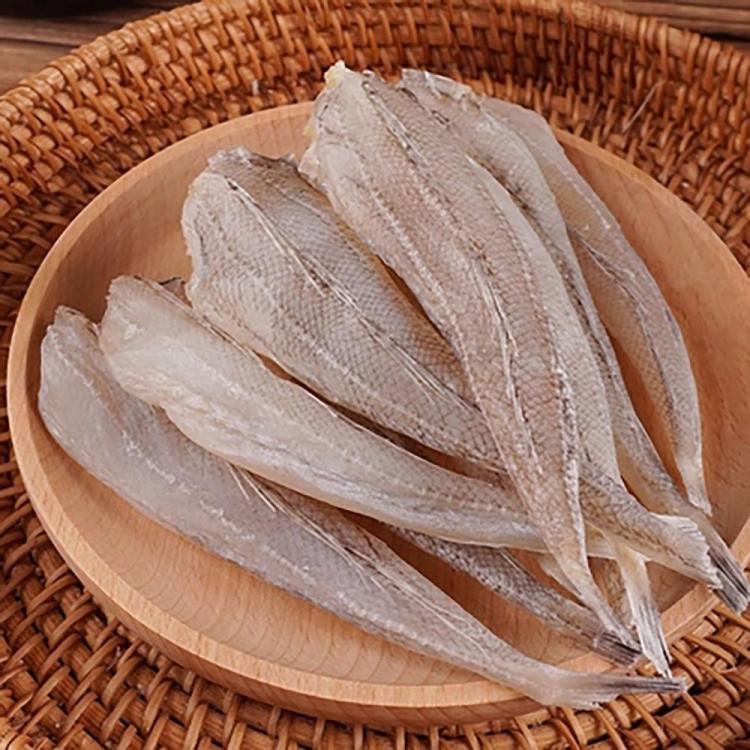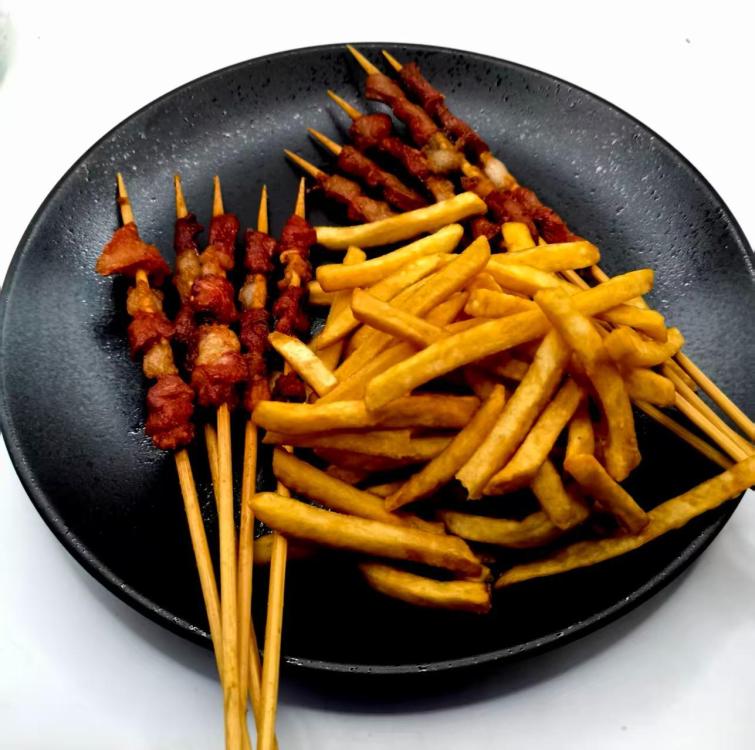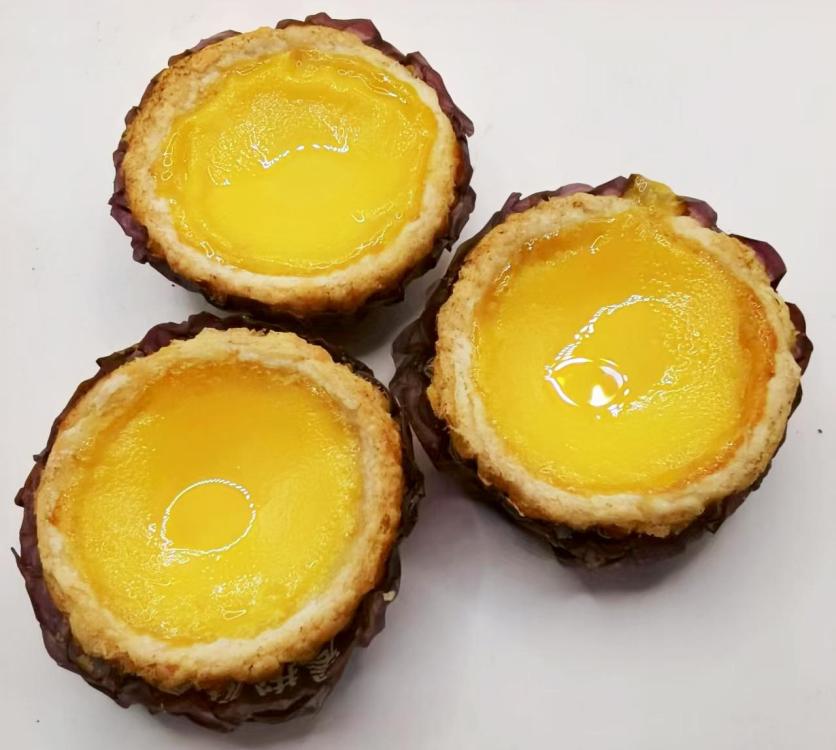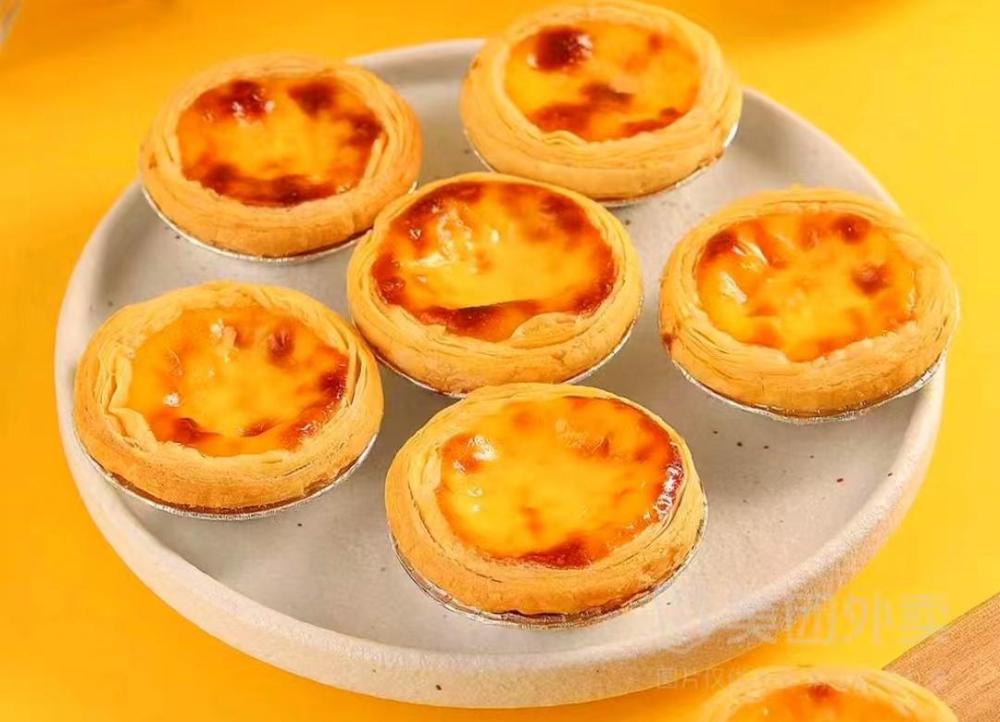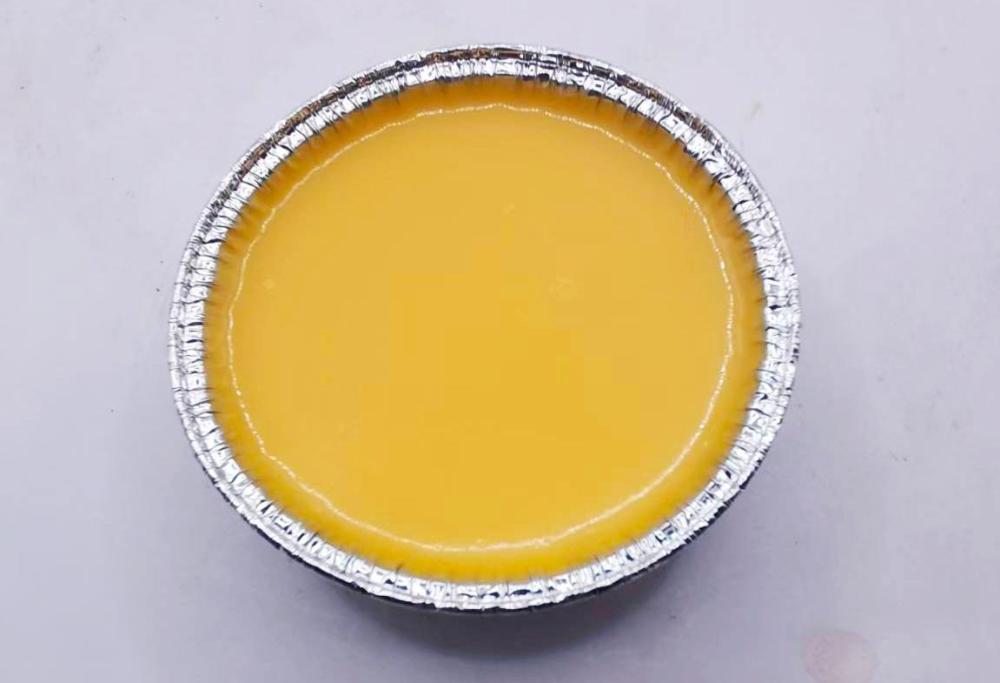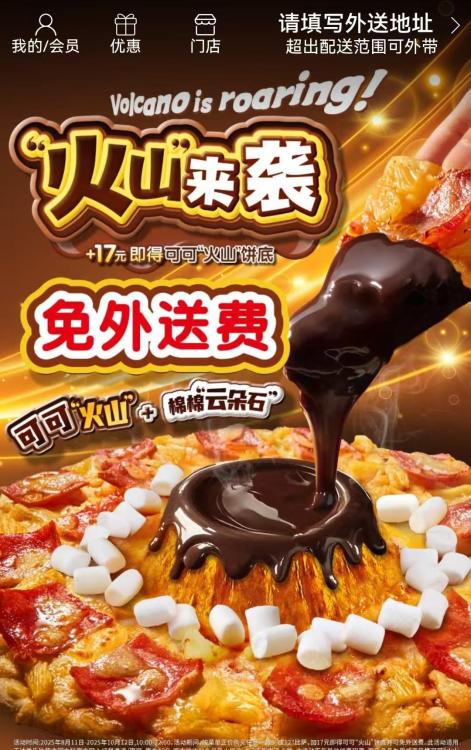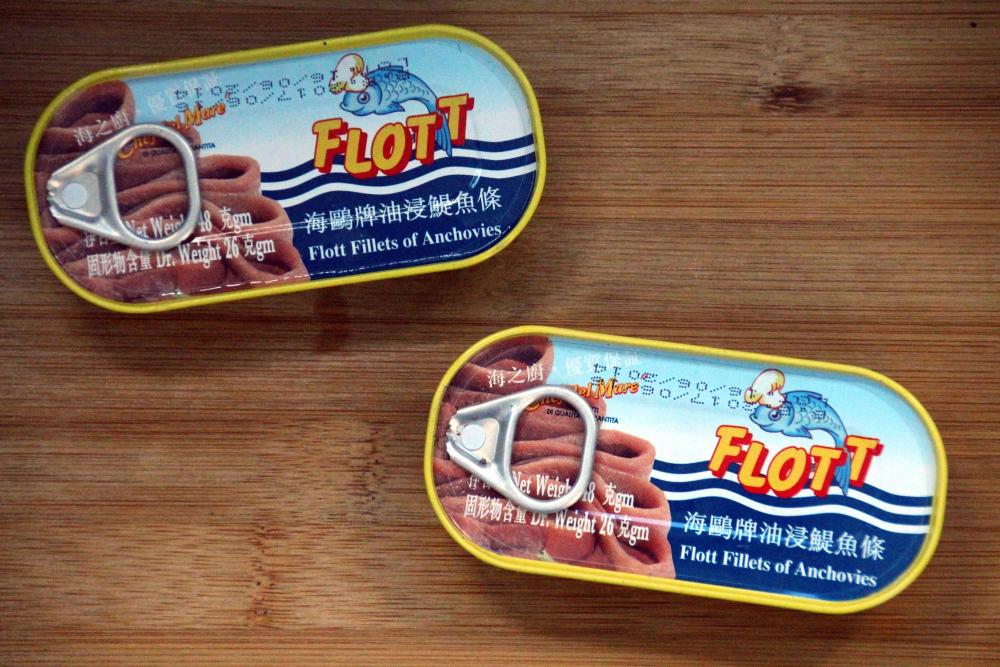-
Posts
16,725 -
Joined
-
Last visited
Content Type
Profiles
Forums
Store
Help Articles
Everything posted by liuzhou
-
These are often sold in the west as pet food, but are used in Japan to make a type of dashi (Japanese 煎り子だし – iriko dashi). But they are also used in China. Dried Sardines (干沙丁鱼 - gàn shā dīng yú). These were landed and dried here in Guangxi. Used to add umami to soups or hotpots, etc.
-
Well not my experience and I did live in the east end and south of the river.
-
I lived in London for many years. My family still live there. Never heard of sausages being called 'soss'. If you ask for bacon and eggs with 'soss' in London you'll be directed to Mr. Heinz's tomato ketchup already on the table.
-
I still make fried bread occasionally. Always shallow fried, usually in bacon fat (I've never seen it deep fried in my long life). I also make "French bread", but was brought up calling it pain perdu.
-
Basically, it's a peppery anchovy paste with butter and herbs. Also known as Patum Peperium. Great on toast or crackers (or, in my case, teaspoons!)
-
Not my experience at all. My mother served piccalilli with almost anything and any time of year. I had Branston Pickle on a cheese sandwich just yesterday (in China where, like me, they don't celebrate Christmas) and would eat Gentlemen's Relish for breakfast, lunch and dinner if I could source it here. I always hated piccalilli although to be fair I only ever got it from a jar - probably Heinz.
-
No. It means French Chicken, but the dish was invented in New York. It is Italian-American.
-
Those are ubiquitous here. Not for sheet pans but for lifting steam pans from steamers etc. Anything hot and with a lip to grab hold of. Other than my girlfriend.
-
We've been talking about home pickling. I've been doing it for over 50 years. People have been doing it for centuries; millennia.
-
Agreed. I pickle young ginger slices as served in many Japanese sushi restaurants as a tongue cleanser. No unpronounceable ingredients involved; just rice vinegar and salt. Stays in good condition for months, not that a batch often lasts often; I eat it too often! I see no reason why you couldn't do the same with onions of any colour.
-

Bananas: Types, Storage, Ripening/Stages of Ripeness, Preferences
liuzhou replied to a topic in Kitchen Consumer
As I mentioned earlier, for baking I do wait until they are black and almost semi-liquid. Fortunately, I can buy them in that condition or close to it. -
They do chunky ones too. I chose these deliberately. 串 (chuàn) are from Chinese far western Muslim province. The Chinese character is a clear pictogram. They are very different from the Greco-Turkish type (mostly Cypriot) you find in England. They are cumin and chilli heavily spiced, whether "stingy" or chunky. Usually the lamb meat is interspersed with chunks of sheep's tail fat.
-
A delivery lunch. A bit of a screw-up on the vendor's part. I ordered 5 lamb skewers and 5 beef skewers, but they delivered ten lamb. The fries came with tomato ketchup sachets but no salt. As usual. No worries, I have plenty of salt. Four types, in fact. I didn't use the ketchup. Never do with fries.
-
香港式蛋挞 (xiāng gǎng shì dàn tà), Hong Kong style egg tarts. Not to be confused with 澳门式蛋挞 (ào mén shì dàn tà), Macau egg tarts And certainly not 鸡蛋布丁 (jī dàn bù dīng), egg pudding.
-

Bananas: Types, Storage, Ripening/Stages of Ripeness, Preferences
liuzhou replied to a topic in Kitchen Consumer
Yes. For banana bread I usually wait till my local supermarket decide the unsold bananas are beyond redemption and give them away for a token payment. -

Bananas: Types, Storage, Ripening/Stages of Ripeness, Preferences
liuzhou replied to a topic in Kitchen Consumer
Just to be clearer, the name I gave is the name used in Thailand for the specific cultivar known internationally as pisang awak . Also, the transliteration I gave is the standard Thai. The English name is not indicator of nationality of origin any more than 'English muffins' are from England. It is an indicator of the cultivar. They are grown in many countries. Of course, Thailand has other banana varieties including Cavendish. However, กล้วยน้ำว้า (kl̂wy n̂ảŵā) is by far the most common. -

Bananas: Types, Storage, Ripening/Stages of Ripeness, Preferences
liuzhou replied to a topic in Kitchen Consumer
I would. -

Bananas: Types, Storage, Ripening/Stages of Ripeness, Preferences
liuzhou replied to a topic in Kitchen Consumer
Thai bananas (Thai: กล้วยน้ำว้า (kl̂wy n̂ảŵā) but more commonly known as pisang awak, the Malay name in most countries) are eaten both raw and sour as well as sweet and yellow all over SE Asia, including here in southern China. I have often made successful banana bread with them when fully ripe to the point of over ripe. By the way Thai banana flowers are a delicious and commonly used vegetable here and in Vietnam. Also, grilled sticky rice Thai banana cakes are a common street food in parts of Vietnam. -
I can think of a number of metals that cannot possibly be made razor sharp. Let's see you sharpen a mercury knife.
-
薄饼 (báo bǐng), literally ‘griddle cake’ is a pancake rather than what is normally considered ‘bread’. They certainly aren’t made in bread machines. Note 刨冰 (bào bīng) means ‘shaved ice’, a popular summer dessert so searching Google etc for ‘bao bing’ will return more recipes for that than for flatbreads. Just to confuse things further 抱病 (bào bìng) means ‘to be ill’ which you should try to avoid! The only flatbread I regularly come across in China is 馕 (náng), a variation on the Middle Eastern naan. These these are baked in commercial ovens and don’t use bread machines, either. They do, however usually contain yoghurt.
-
That one is from Domino's China, too. Fruit pizzas are not at all uncommon here. It was a limited edition for 七夕(qī xī), the QiXi festival, China's equivalent of Valentine's day, which was yesterday. The Chinese writing doesn't mention the banana, but it looks like that. It is no longer available. What stunned me most about the one I posted was the incongruity of the volcano* cake on a savoury pepperoni pizza. *The literal translation of the term they use.
-
Urgent Newsflash! Warning! Danger! New is breaking that some deviant extra-terrestrial employed by Domino’s Pizza has decided that it would be a good idea to dump a chocolate lava cake onto what appears to be a pepperoni pizza! Available at branches in China! Obviously some terrorist plan to cause mayhem and chaos among the masses! Fortunately for me, and the good decent people of Liuzhou, there are, as yet, no Domino’s outlets here in town. They are mainly only in the large cities, especially Shanghai. Take suitable precautions! Biohazard suits are recommended for all humans and their pets. P.S. I'm hoping those while things are cyanide pills to put the unwary out of their misery. .
-
Sadly, the only anchovies I can find here (apart from other fish mistranslated) are these. These are Italian and not intrinsically bad but I like my anchovies packed in salt, not oil. I did buy a few cans of the salted last time I was in the UK (2019) and smuggled them into China but they now are long gone.


